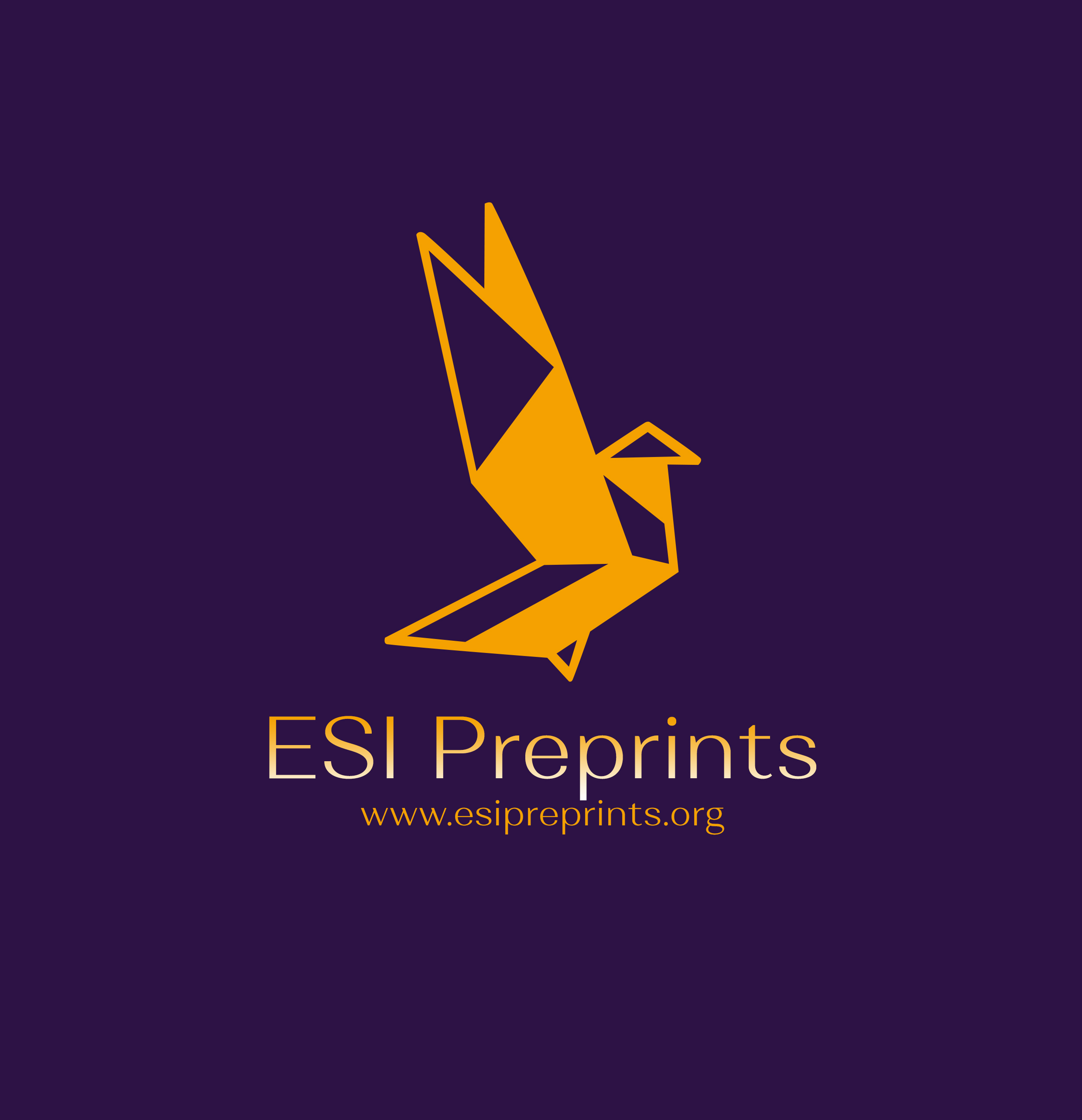Empowering Diversity in Education: A Web-Based Tool for Real-Time Sign Language Detection
Abstract
This study aims to give an overview of the disabilities faced by people around the world and, in particular, in Albania. It also highlights the primary concern of the deaf community, such as the expression. This study presents a solution to this problem through a real-time sign language detection web application. First, the structural and functional aspects of the application are described by the standard software specification requirements. Then, a description of the software architecture follows. The technological aspect of the application is entirely defined by expressing all the significant implementations of each programming language contained behind the software diagrams and architecture. The main goal is to provide the latest technologies in the market combined with a well-planned and developed image detection application that is scalable, portable, maintainable, and efficient in Empowering Diversity in Education. This technologically up-to-date application is delivered as a full-stack web application. The application produces results that waver between 85%-95% quality off detection; it consists of a bi-partite backend, one for creating and compiling models, namely Python, TensorFlow, and Jupyter Notebooks, and the other part held by Node.JS to power the front-end built with React and TensorFlow's JS. This study presents a fully developed web-based application that has the potential to impact and improve diversity in education significantly
Downloads
Metrics
References
2. World Health Organization. (2024, February 2). Deafness and hearing loss. Retrieved from https://www.who.int/news-room/fact-sheets/detail/deafness-and-hearing-loss
3. GBD 2019 Hearing Loss Collaborators. (2021, March 13). Hearing loss prevalence and years lived with disability, 1990–2019: Findings from the Global Burden of Disease Study 2019. Retrieved from https://www.ncbi.nlm.nih.gov/pmc/articles/PMC7960691/#BIB12
4. INSTAT. (2019). Profili i personave me aftësi të kufizuar në Shqipëri. Retrieved from https://www.instat.gov.al/media/3706/profili_i__personave_me_aft_si_t__kufizuar_n__shqip_ri.pdf
5. Géron, A. (2019). Hands-On Machine Learning with Scikit-Learn, Keras, and TensorFlow. O'Reilly.
6. Ramalho, L. (2022). Fluent Python. O'Reilly Media.
7. Banks, A., & Porcello, E. (2020). Learning React: Modern Patterns for Developing React Apps. O'Reilly Media.
8. Casciaro, M., & Mammino, L. (2020). Node.js Design Patterns - Third Edition: Design and Implement Production-Grade Node.js Applications Using Proven Patterns and Techniques. Packt Publishing.
9. Osmani, A. (2023). Learning JavaScript Design Patterns: A JavaScript and React Developer's Guide. O'Reilly Media.
10. World Health Organization. (2024, April 23). Deafness. Retrieved from https://www.who.int/news-room/facts-in-pictures/detail/deafness
11. Finnish Association of the Deaf. (2016). Deaf people in Albania in 2015: A survey study (I. Lahtinen & P. Rainò, Eds.). Gent Grafik.
12. INSTAT. (2019). Retrieved from http://www.instat.gov.al/media/3706
13. Eriglen, G., Alda, K., & Bruno, G. (2015). A real-time vision-based system for recognition of static dactyls of Albanian alphabet. In Finnish Association of the Deaf, Deaf people in Albania.
14. Rabie, A. R., et al. (2022). Convolution neural network-based automatic localization of landmarks on lateral X-ray images. Multimedia Tools and Applications, 81, 37403–37415.
15. Gates, B. (2023, December 26). AI is about to supercharge the innovation pipeline. LinkedIn.
16. Depositphotos.com. Set of deaf and dumb language. Retrieved from https://depositphotos.com/photo/set-deaf-dumb-language-tattooed-male-hands-latin-alphabet-isolated-231581414.html
17. Royal Society of Chemistry. (2016, August 23). 3D graphene adds dimension to deaf–mute communication. Retrieved from https://www.chemistryworld.com/news/3d-graphene-adds-dimension-to-deaf-mute-communication/1017315.article
18. Mozilla.org. (2024). MVC. Retrieved from https://developer.mozilla.org/en-US/docs/Glossary
19. RedMonk. (2024, March 8). The RedMonk programming language rankings: January 2024. Retrieved from https://redmonk.com/sogrady/2024/03/08/language-rankings-1-24/
20. Google Trends. (2024, January 28). PyTorch-TensorFlow. Retrieved from https://trends.google.com/trends/explore?geo=US&q=PyTorch,TensorFlow
21. Yankiver, D. (2021, May 31). 5 major companies that use Node.js and why. Medium. Retrieved from https://medium.com/nerd-for-tech/5-major-companies-that-use-node-js-and-why-211fb5cc267d
22. Built With. (2024, February). React usage statistics. Retrieved from https://trends.builtwith.com/javascript/react
23. Fitzpatrick, M. (2022). Create GUI Applications with Python & Qt5: The hands-on guide to making apps with Python. Kindle Edition.
24. Leka, O., Meda, S., & Kamberaj, H. (2023, July). SignLanguageApp. Retrieved from
https://github.com/Oresti9919/SignLanguageApp/tree/main
Copyright (c) 2024 Shefqet Meda, Oresti Leka, Hiqmet Kamberaj

This work is licensed under a Creative Commons Attribution 4.0 International License.








